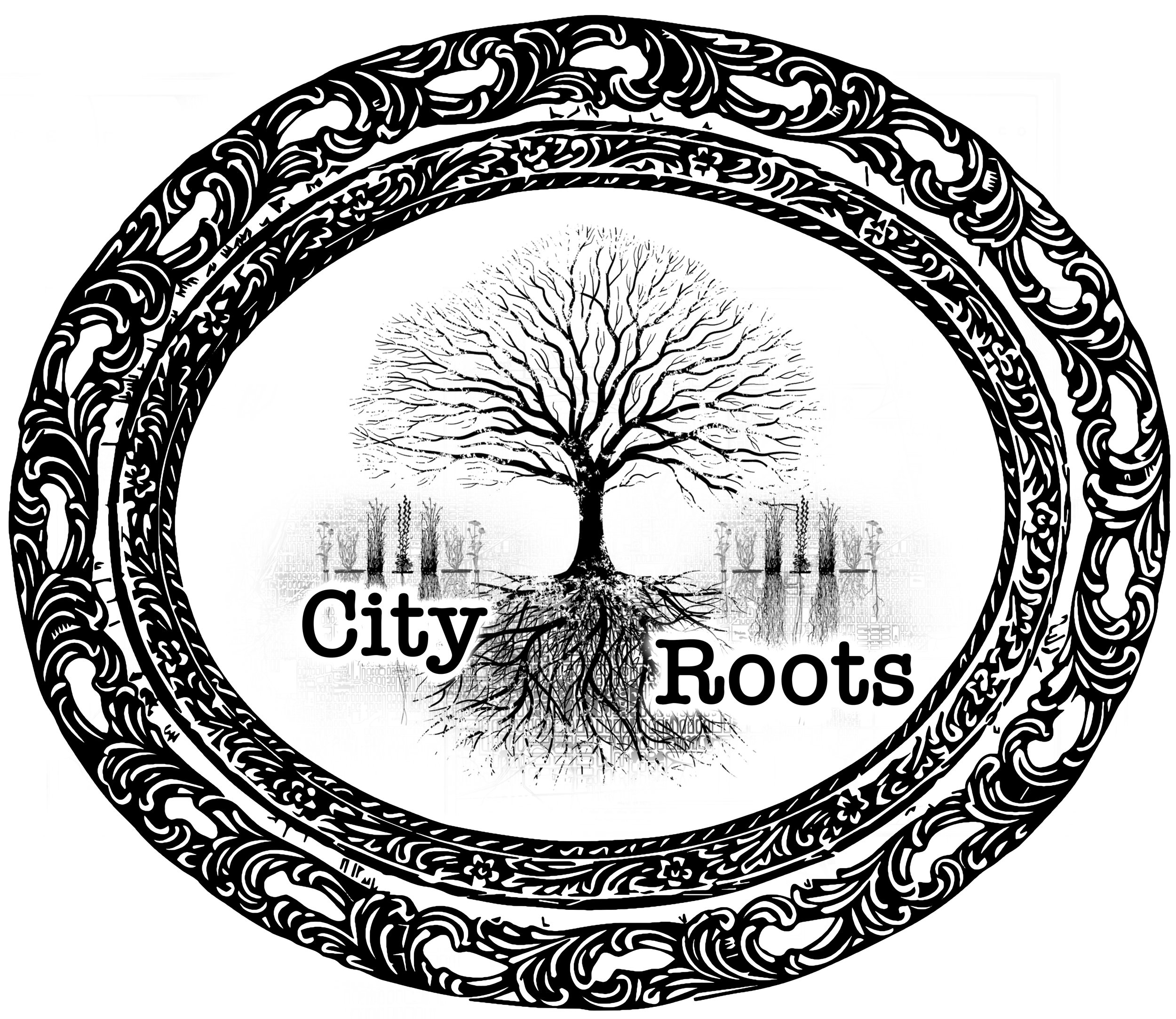
Tree and Shrub Profiles
-

Acer saccharinum / Silver maple
Light: Full sun to part shade
Soil: medium to wet.
Growth: 50’ tall and 80’ wide
Info: Planted as large landscape trees in areas with damp to moist soil. This is a soft wood tree so they should be planted away from structures, in case of falling limbs during ice or wind storms. A benefit of the silver maple is that they can take wetter soils then most hardwood trees. Sap from silver maples can be harvest like it’s relative, the sugar maple. Its sap does not have as high of a culinary value, but can still be used. Always do proper research before taping trees and using collected sap.Wildlife Interest: Birds such as: grosbeaks, finches, wild turkey, and other game birds are attracted to the tree for nesting and foraging. Squirrels and chipmunks also use the tree for food.
-

Aesculus glabra / Ohio buckeye
Light: Full sun to part shade
Soil: medium soil
Bloom: white in May
Growth: 20’-40’ tall small tree.One of the first trees to leaf out in the spring and one of the first to loses it’s leaves in the fall. Works well as a nice stand alone tree or as a focal point in shade gardens . Buckeyes, the fruit of this tree are know for their use as a good luck charm to anyone carrying one in their pocket.
-

Amelanchier arborea / Serviceberry
DesType: Woody shrub
Habitat: woody bluffs and slopes
Light: Full sun to part shade
Soil: Average moisture, well drained soil
Growth: 15’-25’ tall and 15’-25’ wide
Bloom: White from March-AprilInfo: Showy edible blue berries that are usually ripe by June. These berries are enjoyed by many species of birds. In Landscapes this plant is used for its showy white flowers in the early spring. This is also a Host plant for several species of butterflies and moths. Such as the Small eyed sphinx moth and the red spotted purple butterfly. Serviceberries can be pruned to be mroe shrublike or tree like. They can sucker.cription goes here
-

Prunus Americana / Wild Plum
Light: Full Sun to Part shade
Soil: Dry to Medium
Growth: 15’ - 25’ Tall & wide
Bloom: White in March-April
Fruit: Edible small fruit that ripens in the summerInfo: This early flowering tree or sometimes multi stemmed shrub can be used in landscapes as ornamental specimen plant or as a hedge row. The fruit can be harvested to make jellies, jams , and other preserves.
2’ tall tree sold in a 3 gallon or 5 gallon pot
-

Amorpha canescens / Lead plant
Type: Perennial legume
Native Habitat: dry prairies, open woodlands
Light: Full to part sun
Soil: dry to medium well drained to sandy soil
Growth: 2’-3’ tall 2’-3’ wide
Bloom: Purple from July-Sept
Spreads: Does not spread, or reseed well in urban or suburban landscapes
Benefits: attracts bees, butterflies, flies, moths, beetles, drought resistant, deer resistantAdditional info: Lead plant has some of the deepest roots of any plant on the prairie. This makes it a great plant for soil restoration and drought tolerance. Lead plant forms into a small shrub, but can die back completely in cold winters. It is a somewhat organized plant that spread slowly, so it does well in more formal native plantings.
Design suggestions: Can be used as a small shrub in formal, or naturalized plantings. Blooms better in full sun than in part shade, but is a beautiful addition to part shade gardens due to it’s nice leaf texture.
-

Amorpha fruticosa / False indigo
Type: Woody shrub
Native habitat: Open woodlands, edges of streams, rivers and roads
Light: Full sun
Soil: Medium to wet
Growth: 4’-12’ tall and 6’-15’ wide
Bloom: Purple from April-June
Spreads: Rhizome and seed. Thicket forming
Benefits: birdsInfo: Commonly planted as a screen, or a hedge row. Bloom is attractive and provides nectar for butterflies. Can spread easily by rhizome and seed, may require pruning if a specific shape is desired. This Shrub is great for attracting butterflies. Seed heads persist through winter until the birds eat them, providing nice winter interest.
-
Aronia melanocarpa / Chokeberry
Type: Woody shrub
Native habitat: wet woodlands
Light: Full sun to part shade
Soil: Medium moisture to wet soil
Bloom: White blooms in May
Growth: 3’-6’ tall shrubExcellent for landscapes. Does well in rain gardens or as small hedges. Blue berries are edible early summer if you can get to them before the birds do. This shrub has excellent fall color, leaves turn a nice purplish red.
